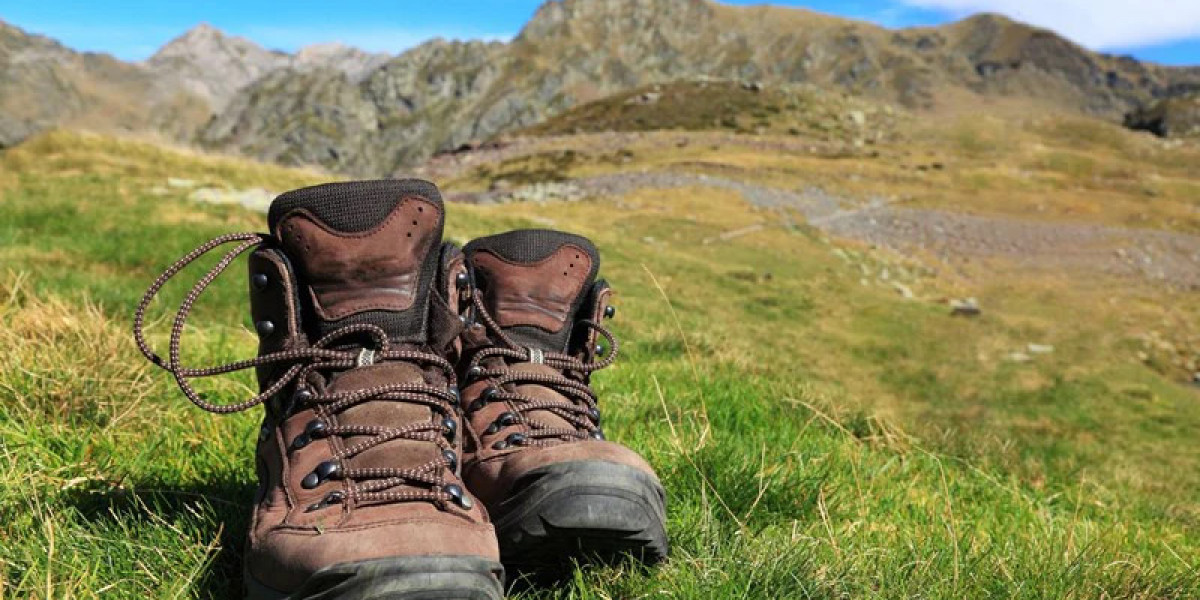The hiking footwear market has seen significant changes over the years as consumers seek more advanced, comfortable, and durable options for their outdoor adventures. With growing interest in hiking and trekking, the demand for high-performance footwear has surged. This article explores the key preferences of consumers when choosing hiking footwear, the factors influencing their decisions, and the latest trends in the market.
Consumer Preferences in Hiking Footwear
Hiking footwear buyers prioritize several factors before making a purchase. These include:
1. Comfort and Fit
Comfort is a primary concern, as hiking often involves long hours on rough terrain. Consumers prefer well-cushioned, breathable, and well-fitted footwear that prevents blisters and fatigue. Brands focusing on ergonomic designs and customizable fit options are gaining popularity.
2. Durability and Material Quality
Hikers invest in footwear that can withstand harsh conditions. Consumers look for materials such as full-grain leather, synthetic fabrics, and reinforced soles to ensure long-lasting performance. High-quality waterproofing technologies, such as Gore-Tex, are also in demand.
3. Traction and Grip
Traction is essential for safety on various terrains, from rocky paths to muddy trails. Vibram and similar advanced rubber outsoles are a preferred choice among hikers. Consumers look for deep-lug soles that provide excellent grip and stability.
4. Weight and Flexibility
While some hikers prefer heavy-duty boots for rugged trails, lightweight options are gaining popularity among casual trekkers. Flexible yet supportive shoes help reduce strain and allow for natural movement.
5. Sustainability and Eco-Friendliness
Sustainability is becoming a significant factor in consumer choices. Many hikers prefer brands that use recycled materials, biodegradable components, and ethical manufacturing practices. Companies such as Merrell, Adidas, and Salomon are introducing eco-friendly lines to meet this demand.
Current Trends in the Hiking Footwear Market
1. Rise of Trail Runners and Hybrid Footwear
Trail running shoes are increasingly being used for hiking due to their lightweight design and versatility. Many consumers opt for hybrid options that combine the comfort of sneakers with the durability of hiking boots.
2. Smart and Technology-Driven Footwear
Innovations such as GPS-enabled insoles, temperature-regulating materials, and impact-absorbing midsoles are shaping the future of hiking footwear. Consumers are drawn to high-tech features that enhance their hiking experience.
3. Customization and Personalization
Brands now offer customizable insoles, lacing systems, and color choices to cater to individual preferences. This trend allows hikers to fine-tune their footwear for better performance and aesthetics.
4. Direct-to-Consumer (DTC) and Online Shopping Growth
With the rise of e-commerce, many brands are shifting to direct-to-consumer models, offering personalized fitting guides and virtual try-on features. Online shopping has become a preferred method for purchasing hiking footwear.
5. Expansion of Budget-Friendly and High-End Segments
The market is catering to both budget-conscious hikers and premium buyers. Affordable brands like Columbia and Quechua provide reliable options, while high-end brands like Arc'teryx and Lowa offer premium, high-performance footwear.
Conclusion
The hiking footwear market is evolving with changing consumer preferences and technological advancements. Comfort, durability, grip, and sustainability remain top priorities for buyers, while trends like lightweight designs, smart footwear, and eco-friendly options are shaping the industry. As more people embrace outdoor activities, the demand for high-quality hiking footwear will continue to grow, influencing future innovations in the market.







